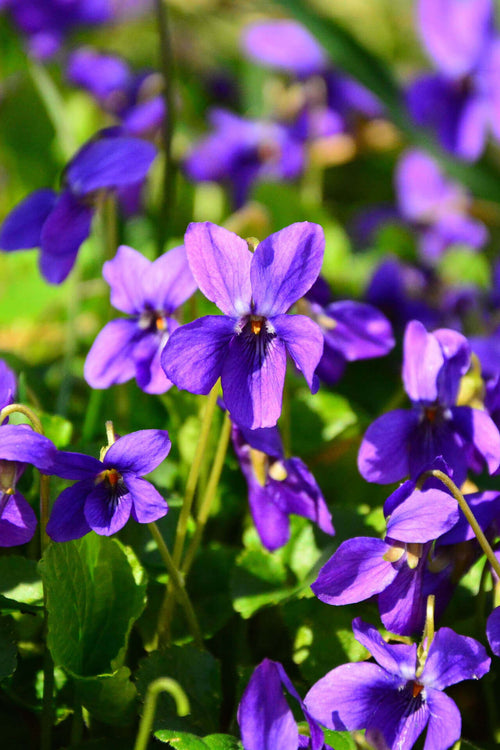The growth of unnecessary weeds is a common cause of concern for most gardeners. Maintaining a weed-free atmosphere in the garden is almost impossible as they tend to grow along with your plants.
However, there are methods by which they can be controlled to a great extent.
The weeds can appear anywhere in the garden, and they are primarily found in flower beds, vegetable patches, lawns, and gravel areas. Weeds can potentially damage the entire look of your landscape, and they also hamper the growth of your plants which makes it all the more important to remove them. Weeds directly compete with your plants and vegetables by utilizing essential nutrients from the soil for your plant's growth. These unnecessary weeds can impact the quality and production of fruits and vegetables in your garden.
Many methods can control weeds, and the most important is to prepare the site properly before growing plants. Weeds are primarily perennial or annual and can spread rapidly through rhizomes or seeds. Perennial weeds in an area should be destroyed before growing plants and vegetables.
Cultivation or hoeing is a standard method by which home gardeners remove weeds from the soil. This practice includes hand-pulling weeds from the soil to maintain a weed-free flower bed. Spreading mulches on the ground near the plants is effective in controlling weed growth. Organic mulches like crushed corn cobs, hay, sawdust, wood chips, and straw can be used for mulching. There are also synthetic mulches available in the market, like black plastic, aluminum foil, polypropylene fabrics, etc., that can be used.
Herbicides or weedicides can be used if the weed growth is abnormally excessive. Herbicides are chemical and can be potentially hazardous for crops if used in large quantities. It is advisable to use only the recommended amount as per instructions to yield maximum results without causing any damage to your plants. Grow healthy plants in your garden to thrive well in all conditions. Good quality plants are less susceptible to damage; thus, they are great for home gardens.



















































